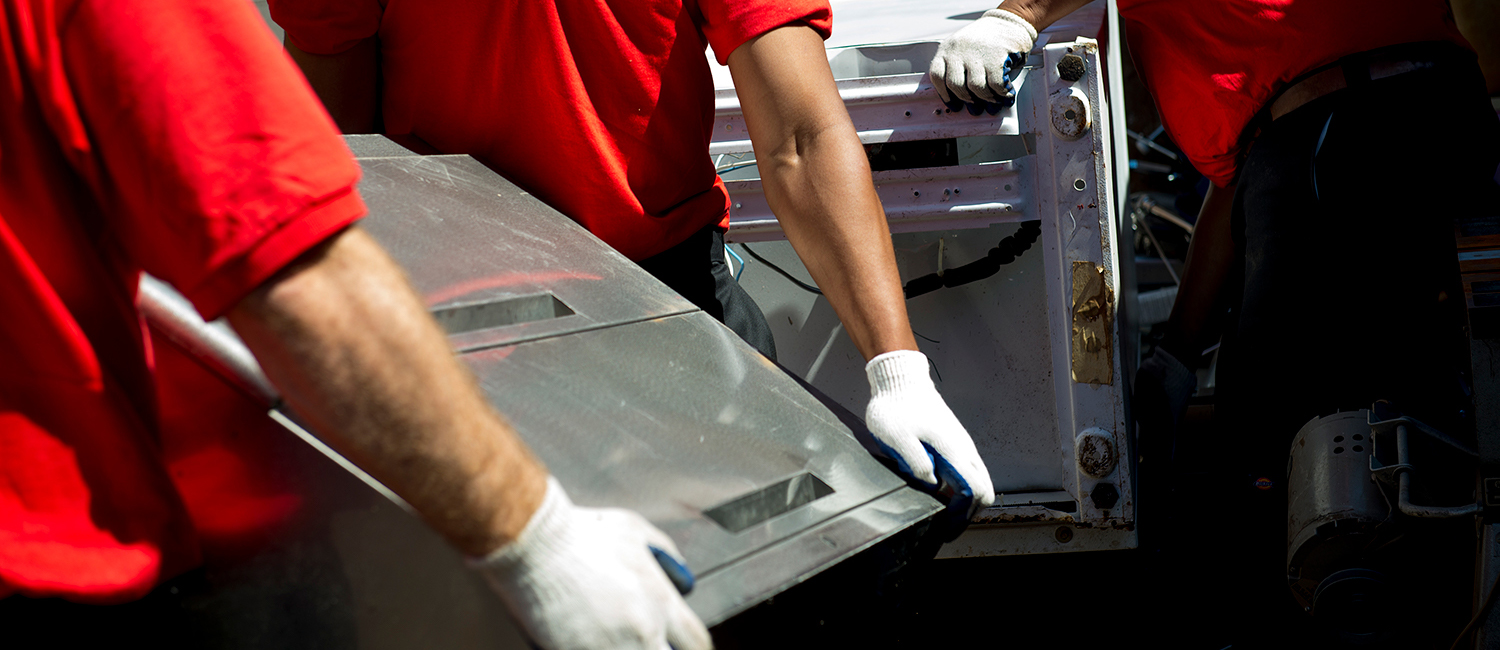Prepare To Embark On An Exploration Of The Fascinating History Of Dumpster Service, Considering Its Advancement Gradually And The Future Fads That Are Expected To Reshape The Landscape Of Waste Management

Continue Reading By-Straarup Iversen
As you ponder the advancement of dumpster rental, consider how each period has added to forming the waste monitoring landscape we browse today. From humble beginnings in the 1930s to the advanced modern technologies of the here and now, the journey of dumpster service has been marked by technology and adjustment. But what pushes Cheap Dumpster Rental Prices Near Me for this necessary solution? The future fads in sustainable practices hold the key to opening a more effective and eco-conscious strategy to lose administration. Keep tuned to discover exactly how the dumpster leasing market is positioned to welcome a greener tomorrow.
Historical Roots of Dumpster Rental
Explore the beginnings of dumpster leasing and just how it has actually formed waste administration methods in time.
Dumpster rental traces back to the 1930s when George Roby Dempster, a Tennessee entrepreneur, designed the Dempster-Dumpster. This pivotal creation changed garbage disposal by offering an assigned container for collecting and transferring trash successfully. At first used for construction sites, the concept quickly broadened to domestic and industrial setups, resulting in the establishment of the initial dumpster rental services in the 1960s.
For many years, dumpster leasing has actually considerably influenced waste monitoring techniques by promoting comfort, sustainability, and organization. The capacity to systematize waste in dedicated containers improves collection procedures, minimizes littering, and improves recycling initiatives. Additionally, dumpster rental urges individuals and businesses to take on responsible waste disposal behaviors, adding to cleaner atmospheres and decreased environmental influence.
Modern Innovations in Waste Management
Integrating advanced modern technologies and sustainable practices has revolutionized waste monitoring in recent years, enhancing effectiveness and ecological impact. One considerable development is the use of wise waste management systems that employ sensors to check waste levels in real-time, enhancing collection courses and timetables. These systems help reduce unneeded pickups, reducing gas intake and exhausts.
An additional modern innovation is the execution of waste-to-energy facilities, where non-recyclable waste is exchanged power via processes like incineration or anaerobic digestion. This not just reduces the quantity of waste predestined for land fills but additionally produces renewable energy.
Moreover, the intro of single-stream recycling has actually streamlined the reusing process for customers, bring about higher participation rates and greater diversion from garbage dumps. In addition, improvements in composting innovations have made natural waste management extra efficient, turning food scraps and lawn waste into beneficial compost for farming use.
Anticipated Trends in Sustainable Practices
Lasting waste monitoring practices are advancing rapidly to satisfy the raising needs for ecological responsibility and source effectiveness. As you aim to the future, several vital patterns are prepared for to shape the industry. One major focus will get on lowering waste generation with better item style and packaging. Business will increasingly take on circular economy concepts, aiming to minimize waste and maximize the life-span of products.
Another pattern to look for is the rise of advanced reusing modern technologies. Advancements in chemical recycling and pyrolysis are expected to supply new remedies for taking care of facility or infected waste streams that typical recycling techniques battle to process efficiently. These innovations have the possible to revolutionize how we manage waste, transforming difficult-to-recycle materials into important sources.
Additionally, expect to see a greater focus on organic waste diversion. Composting programs and anaerobic food digestion facilities will certainly become much more extensive as areas strive to lower the quantity of raw material sent out to garbage dumps. By purchasing these lasting practices, we can move in the direction of a much more round and resource-efficient waste administration system.
Final thought
To conclude, dumpster rental has actually come a long way because its inception in the 1930s. From its modest starts on building and construction websites to its prevalent use in property and commercial settings, the sector has actually continually advanced to fulfill the changing needs of waste administration.
With the introduction of contemporary advancements and a concentrate on sustainable techniques, the future of dumpster service looks appealing, with a solid emphasis on efficiency, environmental duty, and advancement.

